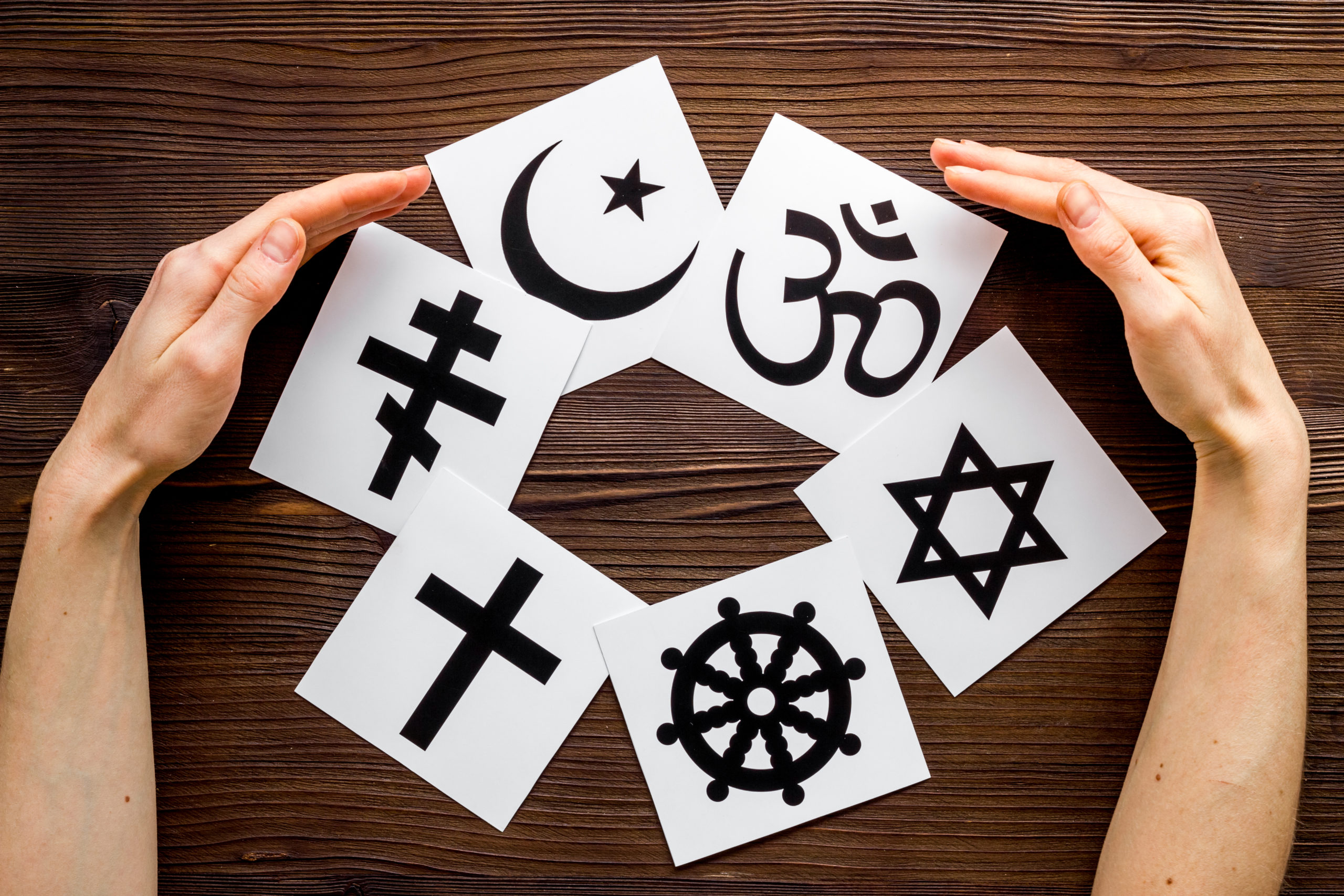The COVID-19 pandemic altered the way many people lived their lives, from financially to socially, but what about religiously? Although raised in a Baptist Christian household, Melissa Bonilla is no longer affiliated with any religion. The 21-year-old who lives with her family in Sicklerville, used to attend church every Wednesday when she was 12. After meeting her boyfriend in high school, she began attending his church for two years. “My parents were always religious,” Bonilla said. “They didn’t force us to go to church but they always had the views of it, so we always had a Jesus [painting] on the wall.” Bonilla’s parents were both from Honduras. She began leaning on religion and the church when her mom passed away in 2017. The views that the church had on the LGBTQ community was the reason Bonilla left the as she began questioning her sexuality. She also didn’t like the judgment placed on other religions and practices within her church. “I was at my ex’s church and at this point I was so into it trying to be the perfect girl, you know, but that day the pastor was talking about how being gay or bisexual was a sin and they won’t go to heaven. I started bawling.” Bonilla left that day knowing she couldn’t go back to church and felt free. “I felt like I was trapped in religion,” Bonilla said. A study conducted by Barna in 2022 that included 2,000 adults in the United States found that 40% were more open to God after the pandemic. Despite this, the Christian population is declining. This spring, Camden County College hosted an event on spirituality, healing, and hope. Speakers included Reverend Shani Johnson, Nicole Nance, Rabbi Michael Perice, Grand Master Michael Wiggins, and Carolyn Somerville.
The Pew Research Center estimates that by 2070, Christians would make up 35% of the population in the United States, which is a 29% decrease from 2020.
Reverend Johnson believed the pandemic gave pastors time to “redefine” what church is.
“We’ve been taught that it’s a building, we’ve been taught it’s a membership, we’ve been taught that you have to go and be a part of something, to be of it. But church is beyond walls,” Reverend Johnson said.
“The evidence of it is beyond walls, the mission of it is beyond walls, and if we are called by God, if we are true to our religious creeds, then we have to go outside of buildings and do more for communities. We just can’t be entities on a block, but then two doors away, there’s a starving family.”
“We’re learning that we have to do better connecting with humanity and stop building businesses,” Reverend Johnson said.
Religiously unaffiliated people in the United States make up 30% of the population and are estimated to grow by 34%-52% by 2070, according to the Pew Research Center.
When asked why people might leave their religious affiliations, Rabbi Perice doesn’t think one answer exists.
“I think it’s sad because people are losing that final piece of community in a time of what I would call radical individuality, where people sit on their phones and laptops and go down the rabbit hole of social media. [They’re] disconnected from everyone and everything,” Rabbi Perice said. “It’s a lonely existence, and faith-based communities provide community.”
“But we also can’t just place [the blame] on the people. It’s not their fault. People are angry. They’re upset. Faith traditions have not always served people well. We’ve not always done a good job of meeting people where they are at,” Rabbi Perice said. “You really gotta talk people’s language and see where they’re at, but then help them get to a better place.”
Barna suggests that parachurches and churches should meet people who are spiritually open – as they are. This can create trust between those who might not be religious but are spiritual.
Somerville, who is a part of the Soka Gakkai Buddhist community, shared her experience on why she became religiously unaffiliated.
“I was raised Episcopalian, and we used to go to church every week, but what I saw going to church every week was all about who dressed how and who was wearing what, there was really no religious or spirituality to that practice,” Somerville said.
“I stopped being religious,, and then I met someone who was a Buddhist and she spoke to my heart. We have to speak to people’s hearts. We believe in our Buddhist community that everyone has a Buddha nature. That means everyone can change their lives, and we have to believe that everyone can change their lives.”
“We have to just keep connecting, have a dialogue with everyone because if not, we’re in a bad place,” Somerville said.
Councilman Chris Collins also weighed in.
“There used to be a time when the church was about ministry. When it was a small nice church, and everybody could feel the love of God,” Collins said, “Now it’s not about ministry anymore. It’s about paying the electric bill, paying the mortgage, now the focus has slightly changed for some.” “Faith-based institutions sometimes don’t want to minister to the poor. They may want to start at the middle class because they need to raise money to take care of fiscal responsibilities. Sometimes we [get away] from the real mission of being there for the people,” Collins said. The Barna study found that over 70% of the adults wanted to “grow spiritually” and believed in a higher power. Younger generations, or “The Open Generation,” could be the fuel in the rise of spirituality, as the teens in the study were “open to different faiths, friends, causes, and ideas,” according to the Barna study. According to the American Survey Center, 34% of the Gen Z population are religiously unaffiliated, while 29% of millennials are religiously unaffiliated. Within the Baby Boomer population, 18% are religiously unaffiliated.



